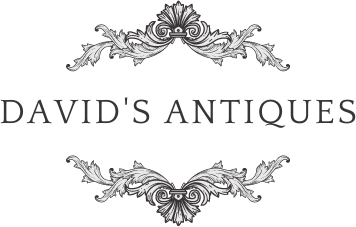
Anti-Semitic Bronze Figurine, Austria, Late 19th century
Anti-Semitic Bronze Figurine, Austria, late 19th century.
Set on an original marble base. The Holocaust Museum in Washington D.C. has this identical figure in their collection. On their website, they describe it as anti-Semitic due to the stereotypical facial features, and the fact that Jewish peddlers always carried umbrellas, as does this figurine. The museum states this is of a shadchan, a Jewish matchmaker.
https://collections.ushmm.org/search/catalog/irn545051
Size 4in, 10cm, tall.
Condition
Product Description:
This small bronze figurine is a disturbing example of anti-Semitism from the late 19th century. The figurine depicts a Jewish matchmaker, or shadchan, with stereotypical facial features and a long, hooked nose. The shadchan is also carrying an umbrella, which was a common stereotype of Jewish peddlers at the time.
The figurine is made of bronze and is set on an original marble base. It is approximately 4 inches tall (10 cm) and is in excellent condition.
History of Anti-Semitism in the Late 19th and Early 20th Centuries
Anti-Semitism has a long and dark history in Europe. In the late 19th century, anti-Semitism was on the rise in many parts of Europe, including Austria. This was due in part to the rise of nationalism and the decline of the traditional Christian faith.
Anti-Semitism was also fueled by economic factors. Jews were often blamed for the economic problems of the time, even though they were a small minority of the population. This led to violence and discrimination against Jews, including pogroms and expulsions.
The rise of Adolf Hitler and the Nazi Party in the early 20th century led to the Holocaust, the systematic murder of six million Jews by the Nazis. The Holocaust was the culmination of centuries of anti-Semitism in Europe.
The Holocaust Museum's Collection
The Holocaust Museum in Washington, D.C. has a large collection of objects that document the Holocaust. This collection includes photographs, documents, and artifacts, such as this bronze figurine.
The museum acquired this figurine in 1983. It is one of a number of anti-Semitic objects in the museum's collection. The museum displays these objects to educate visitors about the history of anti-Semitism and the Holocaust.
Conclusion
This bronze figurine is a disturbing reminder of the long and dark history of anti-Semitism. It is important to remember this history so that we can work to prevent such hatred and discrimination from happening again.



